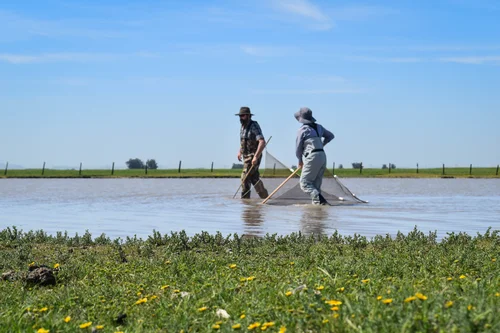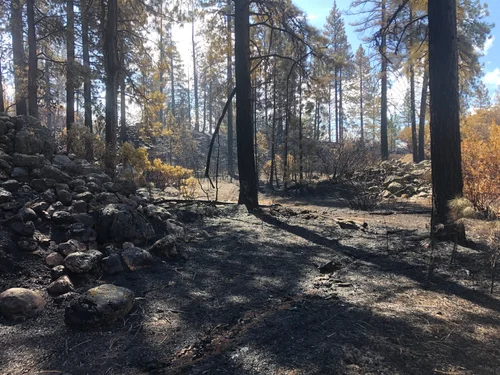wesmitigation 🌍 Happy Earth Day! It's not too late to get outdoors, breathe in some fresh air, and connect with nature! 🌿
See post on Instagramwesmitigation Out exploring vernal pools! So many fun critters, who knew they would all be in that muddy puddle! . . . #conservation #vernalpool #endangeredspecies #endangered #threatened #threatenedspecies #vernalpools #fairyshrimp #californiatigersalamander …
See post on Instagramwesmitigation Out exploring vernal pools! So many fun critters, who knew they would all be in that muddy puddle! . . . #conservation #vernalpool #endangeredspecies #endangered #threatened #threatenedspecies #vernalpools #fairyshrimp #californiatigersalamander …
See post on Instagramwesmitigation Tennessee is home to some interesting topography and geology. The highland rim that circles the Nashville area has landscapes featuring limestone rock formations known as Karst. These underground caves and …
See post on Instagram
Westervelt Ecological Services Expands with Acquisition of American Mitigation Company

MITIGATION BANKING AND ECOLOGICAL RESTORATION: BALANCING NATURE AND DEVELOPMENT WITH WESTERVELT ECOLOGICAL SERVICES
Amidst environmental challenges and an increased need for infrastructure improvements, sustainable development becomes imperative to tackle the consequences of a growing human population, escalating resource demands, and the impact of human activities on the …



